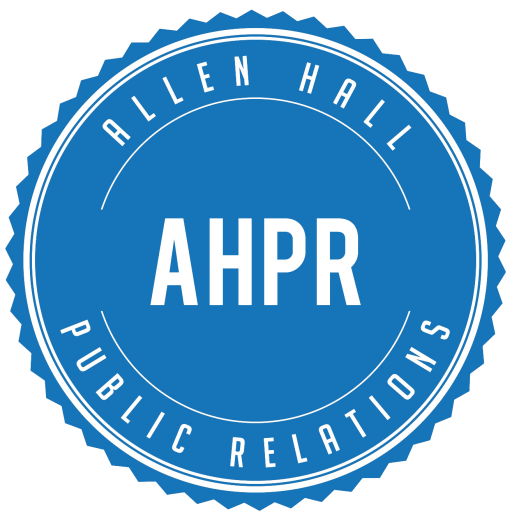When discussing these materials, let’s first establish what cover letters and resumes are and the purpose that they hold. A resume is an overall summary of your work history, skills, accomplishments, and education. A well-crafted cover letter then expands on the information that you provided in your resume. Your cover letter is meant to tell the story of the experiences you’ve had so far and how they have prepared you for the role you’re applying for.
When creating your resume, there are three major points that you want to remember.
Word choice matters.
- Use strong action verbs when describing what you did in a role. These are words like “managed,” “collaborated,” or “implemented.”
- Highlight the strength or skill that you demonstrated in your position. Include skills learned in Gateway and PR classes- don’t assume that all applicants will have this experience.
- Include the results, the impact, or the outcome of the project you were assigned to (use numbers and percentages).
- Choose unique words to describe yourself in order to stand out amongst other applicants.
Remove anything that seems unnecessary
- There is no need for an objective paragraph unless it is unique for the position that you are applying for.
- No need for references, if necessary, they will ask for them during the interview process.
- Do not include your full street address for safety reasons and because it is unnecessary.
- No need for a headshot. Sadly, people can make judgments about you immediately. Don’t give them that opportunity.
- No need to include a GPA unless it is a 3.5 or above.
- Leave out any experience from high school unless extremely relevant.
The Dos and Don’ts of Design
- If you are using a template, make sure to change colors and fonts to make it unique to you.
- Make it functional and not too creative for your desired industry.
- Keep spacing and formatting organized so it is clear and easy to read.
Cover Letters can be the trickiest part of applying for a job or internship but hopefully, with these tips, you can write it with ease.
- Specify the company and position that you are interested in.
- If you have a connection to someone in the company, use it! Make sure that you ask for their permission before including their name.
- Clearly state your interest and the reasons why you are a good fit.
- Use the cover letter as an opportunity to show that you’ve researched the company of interest.
- Most importantly, do not reiterate the information on your resume. Use this opportunity to tell a story.
Your cover letter is an opportunity for the company/organization to learn more about you and get a sense of who you are. Here are some things to keep in mind when telling your story:
- Consider your strengths and qualifications that align with the responsibilities of the position.
- Tell two compelling stories based on your experience that highlight key strengths the company is looking for in a candidate.
- Explain anything that you’ve learned from past work experiences and describe how you can bring those qualities to your new position.
When writing your resume or cover letter, the most important tip that we can give is to be confident and authentic to you. Celebrate your experiences at the School of Journalism and Communication, University of Oregon, or any work that you have done in the past. The SOJC has so many resources that students can utilize. Check out these resources below:
https://sojcstudent.uoregon.edu/undergraduate/career-services/cover-letters/
https://sojcstudent.uoregon.edu/undergraduate/career-services/resumes/

